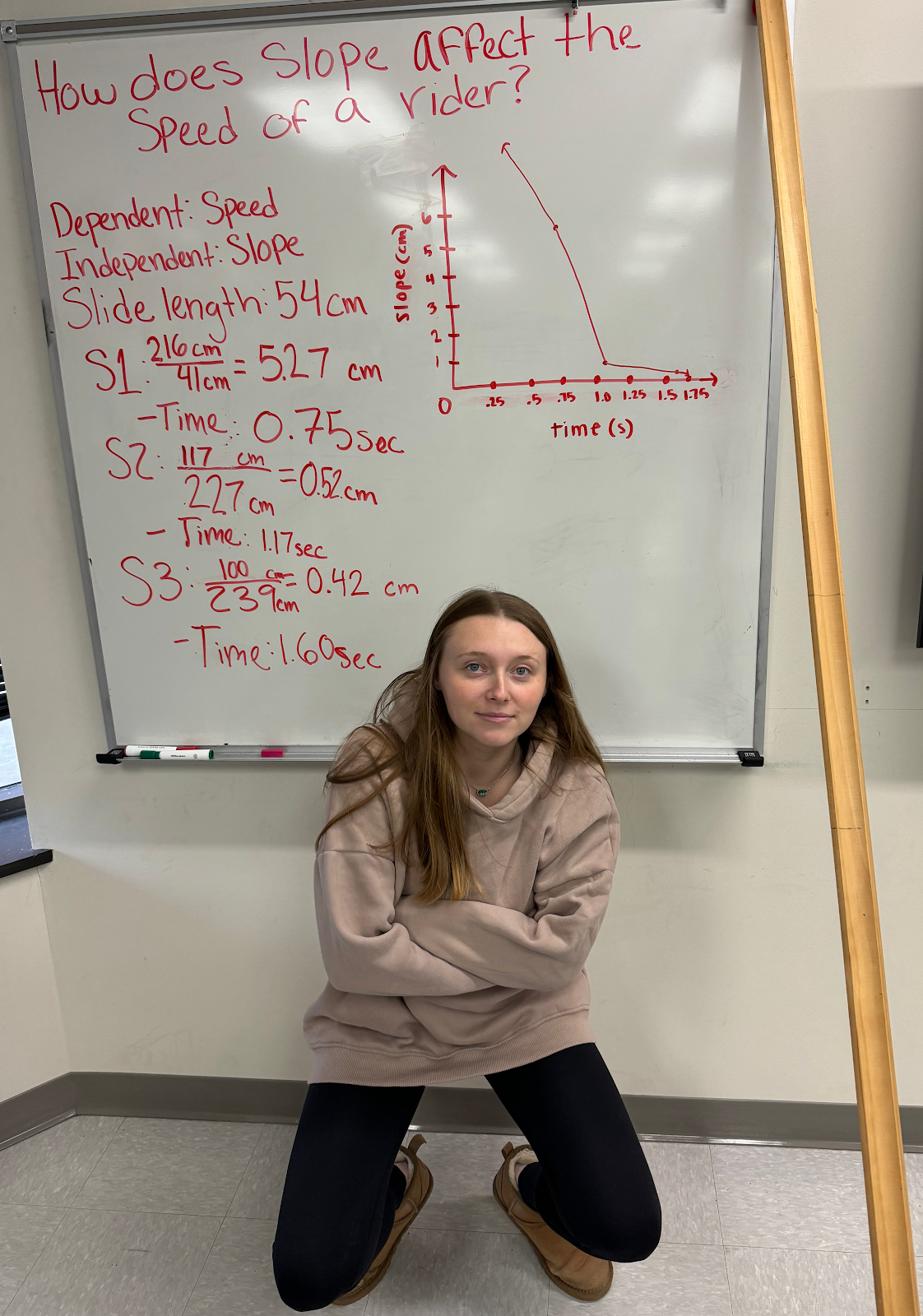Solar System Scale

What did you do in the lab? In the lab, we looked at the scale of our solar system. We took playdough and a tape measure to create an accurate scale of the sun, Mercury, Venus, Earth, and Mars. After doing this we saw how small and far planets actually are compared to each other and the sun. The big question: How big is our solar system? What did you learn in Thursday's lecture? We learned about the seasons and how they occur due to the tilt of our axis. We also learned that the moon's rotation is identical to the rotation of the earth. Which means that the moon does rotate. The best explanation as to why the moon was created is that a giant mass the size of Mars hit the Earth, this also tipped us over causing us to have seasons. We now know that the Earth has gravity however it is 1/6 that of the Earth. The moon is a quarter the size of the Earth. People are always looking for new answers about the moon. The moon has layers, an outer layer that is light an...



